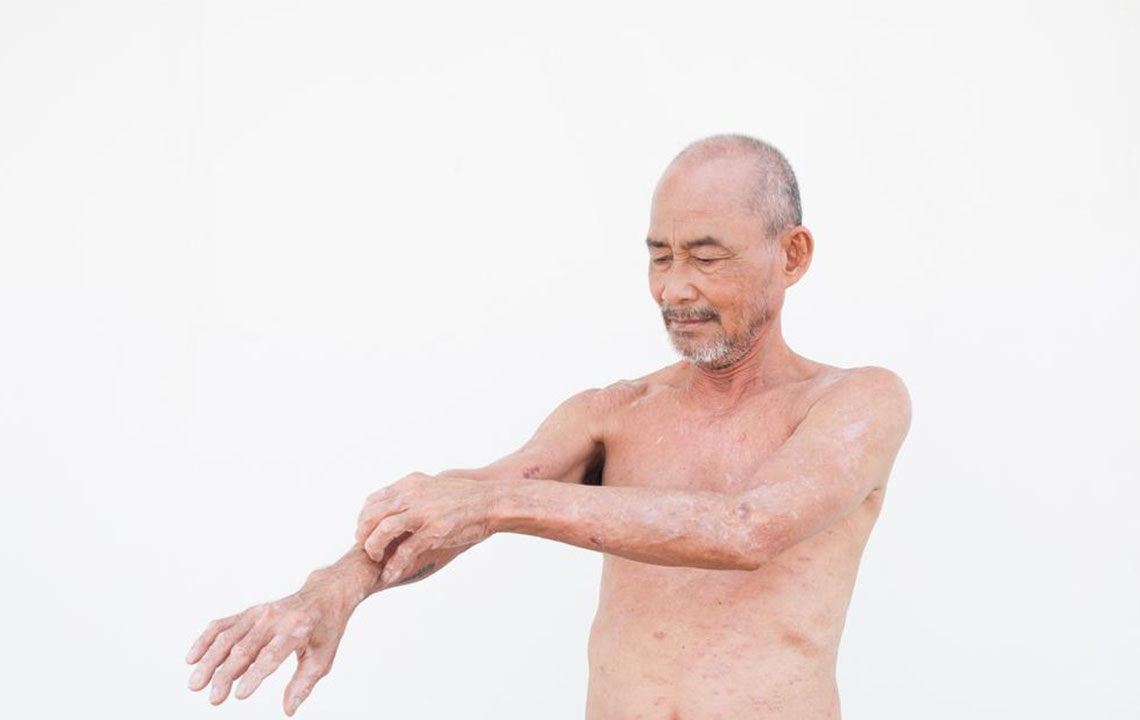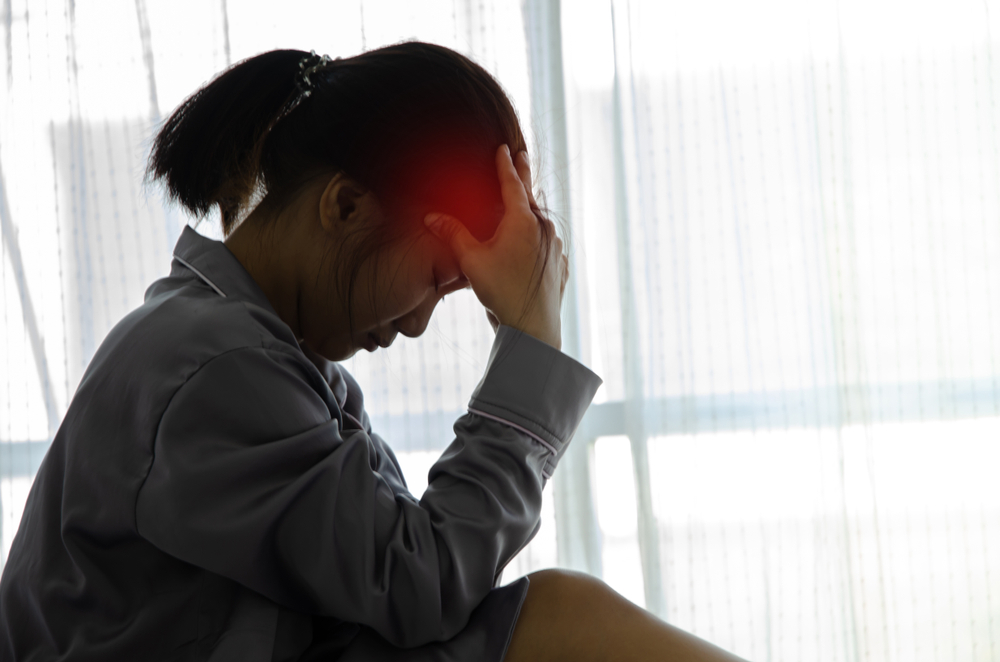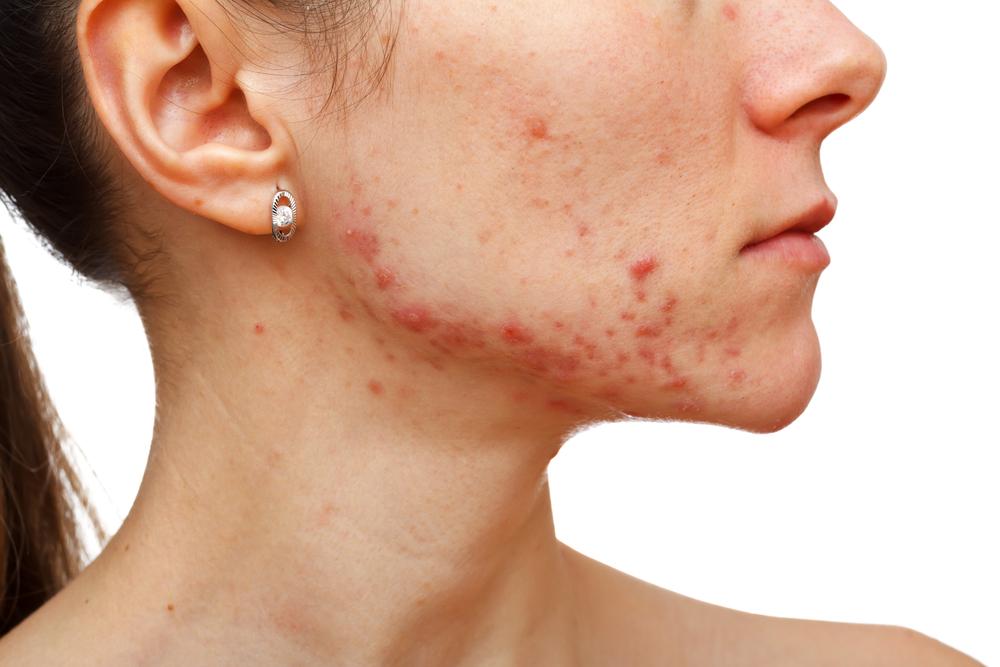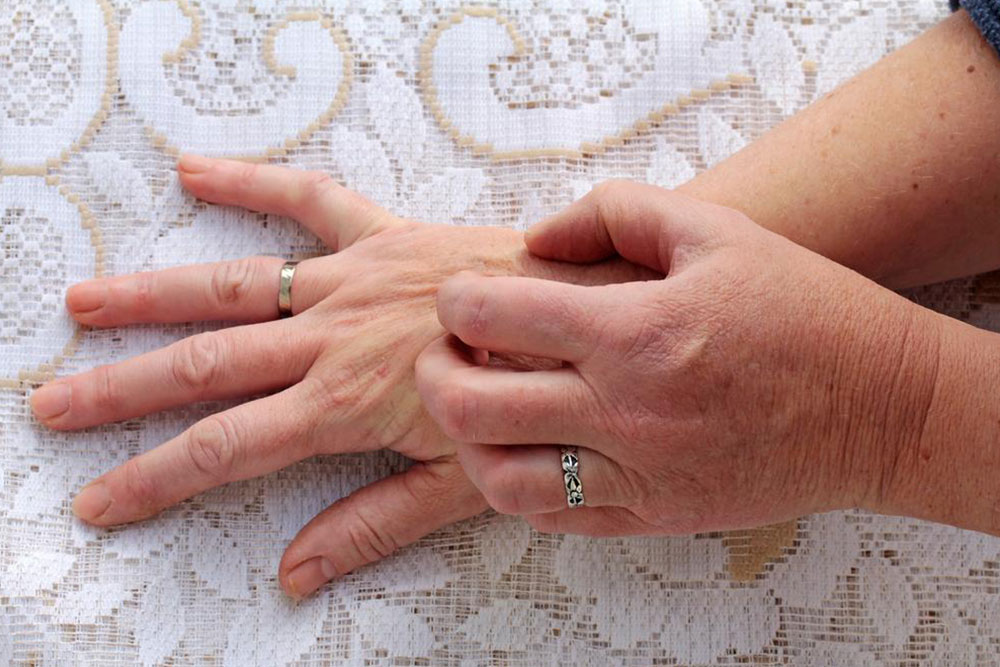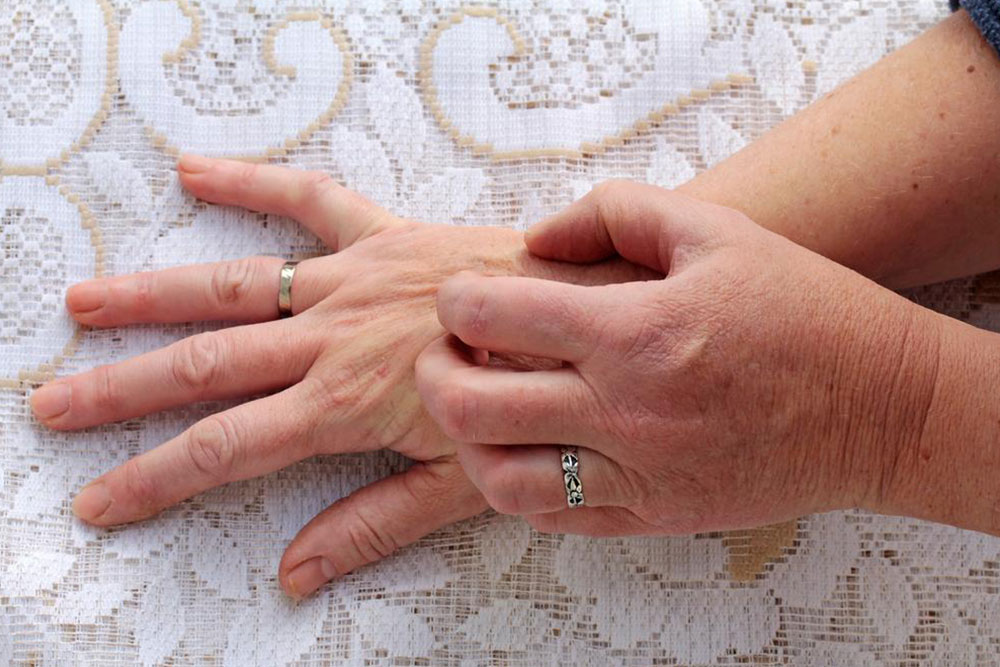Recognizing the Common Indicators and Symptoms of Eczema
Eczema is a common inflammatory skin condition marked by intense itching, rashes, and skin thickening. Symptoms vary with age, affecting different skin areas for infants and adults. Recognizing signs like redness, oozing, and cracking can help prompt timely medical consultation. Proper diagnosis requires medical evaluation, including physical examinations and skin tests. Early detection and treatment can alleviate discomfort and prevent complications associated with eczema, ensuring better skin health and quality of life.
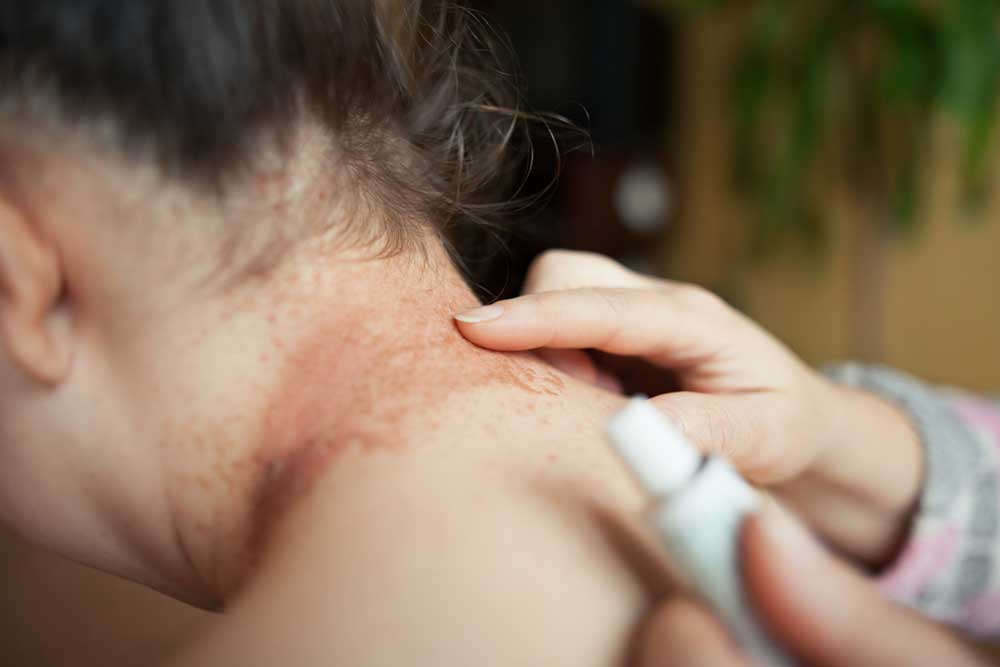
Indicators and Symptoms Frequently Associated with Eczema
Eczema refers to a group of skin conditions characterized by irritation and inflammation. This condition is prevalent among infants, who usually outgrow it by age ten. Nevertheless, some individuals experience recurrent flare-ups throughout their lives, with symptoms fluctuating over time.
Typical signs and symptoms of eczema
– The initial indication is often intense itching, followed by the appearance of red bumps of various sizes. The itching can be so severe that it disrupts sleep patterns.
– The rash may cause a burning sensation in addition to itching, especially in delicate areas such as around the eyes and eyelids.
– Scratching can lead to oozing, where clear fluid escapes from the bumps.
– Persistent or chronic eczema often results in thickened, scaly skin.
– Nummular or coin-shaped eczema presents as round rashes, which are sometimes mistaken for fungal infections.
– Over time, affected skin may develop painful cracks.
– In adults and older children, eczema commonly appears around the neck, inside elbows and knees, and occasionally on the face.
Infants may develop rashes on facial and torso areas. As they begin crawling, rashes can spread to knees and elbows, while the diaper region is generally spared.
– Many experience red, fluid-filled bumps that may weep when scratched, particularly on finger sides.
– The scalp is less frequently involved, though rashes behind the ears may occur.
– Eyelids often turn red and swollen.
– If rashes appear on palms or soles, other skin conditions like fungal infections or contact dermatitis might be responsible.
Anyone experiencing these symptoms should seek medical advice. A healthcare professional will examine the entire skin surface, review medical history, and may take skin samples for laboratory analysis to determine an accurate diagnosis.
Note:
The information provided here covers various skin conditions for educational purposes. While our research offers valuable insights, it should not replace professional medical advice. Readers are encouraged to consult healthcare providers for diagnosis and treatment. The website is not liable for discrepancies or inaccuracies across different sources, nor for any benefits from external schemes or offers.


